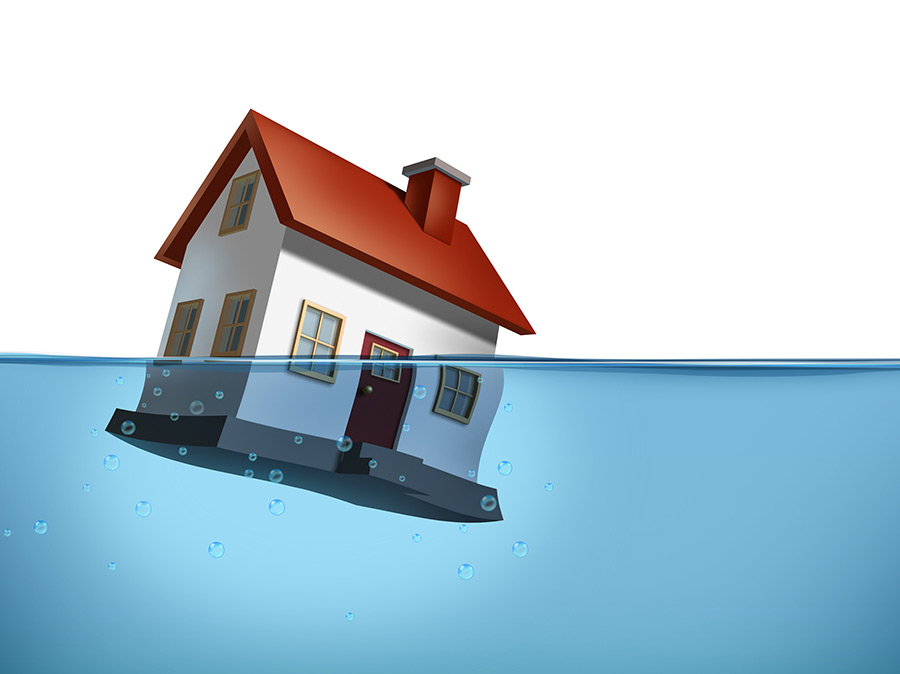Your House's Common Common Triggers of Leak Problems: Detailed Examination
Your House's Common Common Triggers of Leak Problems: Detailed Examination
Blog Article
The content in the next paragraphs on the subject of How to detect water leaks in your home is truly interesting. Check it out for yourself and see what you think about it.

Leaks not only trigger waste of water however can likewise trigger unnecessary damages to your residence and also advertise undesirable organic growth. Sadly, water leaks might go unnoticed since most of the pipework in our home is hidden. By comprehending as well as looking for day-to-day scenarios that trigger leaks, you can protect your house from future leaks as well as unnecessary damages. Today, we will certainly check out six leak creates that might be creating your pipes to trickle.
Instantaneous temperature modifications.
Extreme temperature level changes in our pipes can create them to expand and also contract unexpectedly. This growth and tightening might cause fractures in the pipelines, especially if the temperature level are listed below freezing.
Rusty water systems
As time passes by, your plumbing system ages and also corrosion such as rust might begin eating away the pipes. This could be the cause of discoloration or warping on your pipes. This asks for an assessment with your plumber instantly. If our plumbing system is old, take into consideration changing the pipes since they are at a higher danger of deterioration than the more recent versions.
Faulty Pipeline Joints
Pipe joints can degrade over time, resulting in water leakages. If you have noisy pipes that make ticking or banging noises, especially when the warm water is transformed on, your pipeline joints are most likely under a great deal of pressure.
Encroaching origins
The majority of water leakages begin outside your home rather than inside it. If you notice a sudden decline in water pressure, say in your tap, require time to head out as well as examine your backyard. You could observe wet spots or sinkholes in your lawn, which may imply that tree origins are attacking water lines triggering water to seep out. You can have your plumber look for invasion, especially if you have trees or shrubs near your building.
Poor Water Connectors
At times, a leak can be triggered by loose tubes as well as pipelines that supply your home appliances. In instance of a water connections leakage, you might discover water running straight from the supply line or puddles around your appliances.
Obstructed Drains
Blocked drains could be bothersome and inconveniencing, but they can occasionally end up triggering an overflow resulting in rupture pipelines. Keep eliminating any kind of products that might go down your drains that can obstruct them to avoid such troubles.
All the above are causes of leakages however not all water leaks arise from plumbing leakages; some leakages might come from roofing leakages. All leaks ought to be repaired quickly to prevent water damages.
Leaks not only trigger waste of water yet can also cause unnecessary damage to your house and advertise undesirable organic growth. By looking and also understanding for everyday circumstances that trigger leakages, you can secure your residence from future leakages and unnecessary damage. Today, we will look at 6 leak causes that may be causing your pipes to drip.
At times, a leak can be caused by loose hose pipes and pipes that supply your devices. In instance of a water links leakage, you may discover water running directly from the supply line or puddles around your appliances.
How To Check For Water Leak In Your Home
How To Check for Leaks
The average household's leaks can account for nearly 10,000 gallons of water wasted every year and ten percent of homes have leaks that waste 90 gallons or more per day. Common types of leaks found in the home are worn toilet flappers, dripping faucets, and other leaking valves. These types of leaks are often easy to fix, requiring only a few tools and hardware that can pay for themselves in water savings. Fixing easily corrected household water leaks can save homeowners about 10 percent on their water bills.
To check for leaks in your home, you first need to determine whether you're wasting water and then identify the source of the leak. Here are some tips for finding leaks:
Take a look at your water usage during a colder month, such as January or February. If a family of four exceeds 12,000 gallons per month, there are serious leaks.
Check your water meter before and after a two-hour period when no water is being used. If the meter changes at all, you probably have a leak.
Identify toilet leaks by placing a drop of food coloring in the toilet tank. If any color shows up in the bowl after 10 minutes, you have a leak. (Be sure to flush immediately after the experiment to avoid staining the tank.)
Examine faucet gaskets and pipe fittings for any water on the outside of the pipe to check for surface leaks.
Undetected water leaks can happen without the home or business owner even realizing. If you suspect a water leak, but not able to find the source. It is time to contact a professional water leak detection service, The Leak Doctor.
How To Find a Water Leak In Your Home
https://www.leakdoctor.com/blog/How-To-Check-For-Water-Leak-In-Your-Home_AE197.html

I am very serious about How to Find Water Leaks and I hope you liked the new piece. Are you aware of somebody who is excited by the niche? Take a moment to promote it. We value reading our article about Top Causes of Home Water Leaks.
Ring, relax, resolved! Report this page